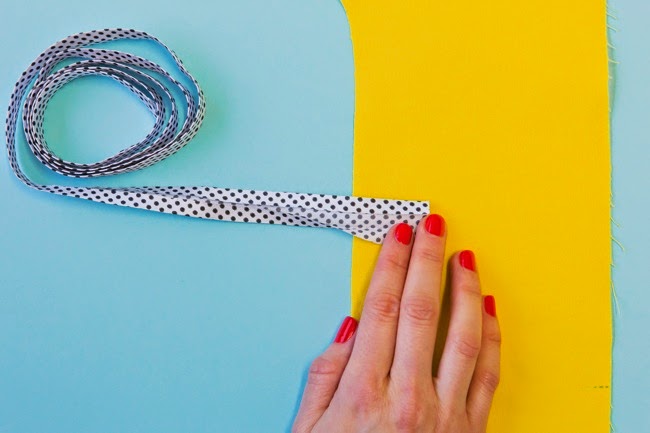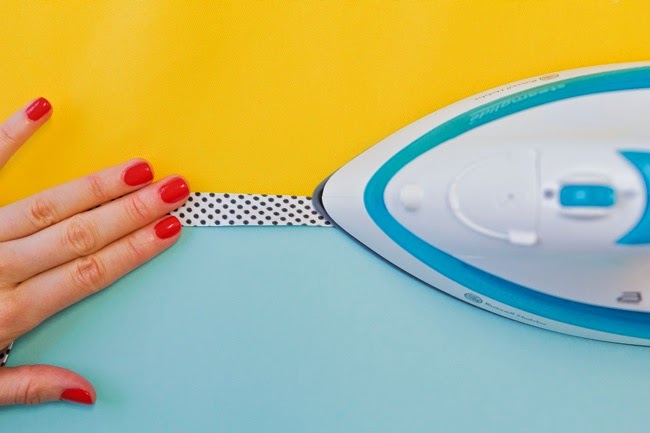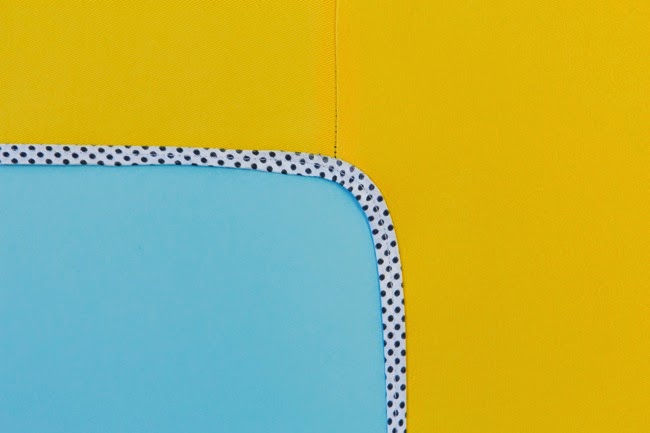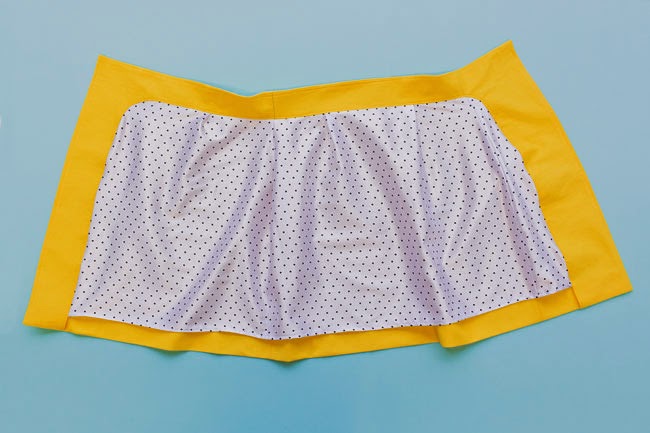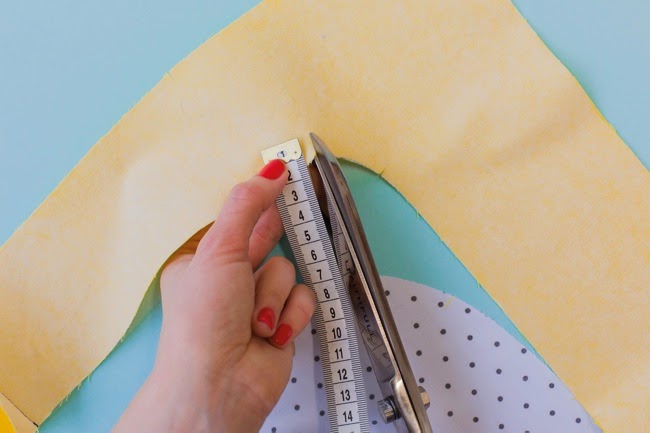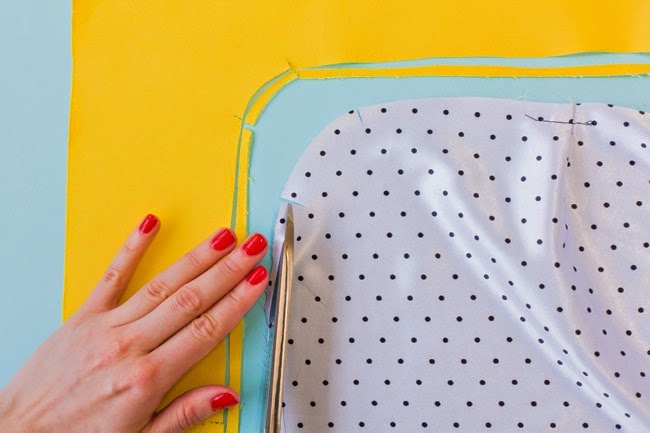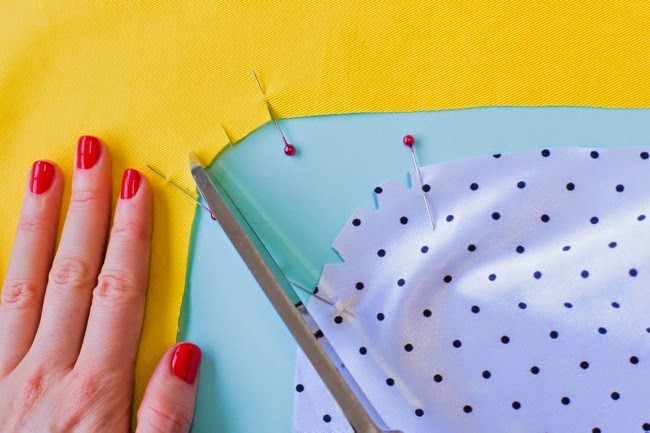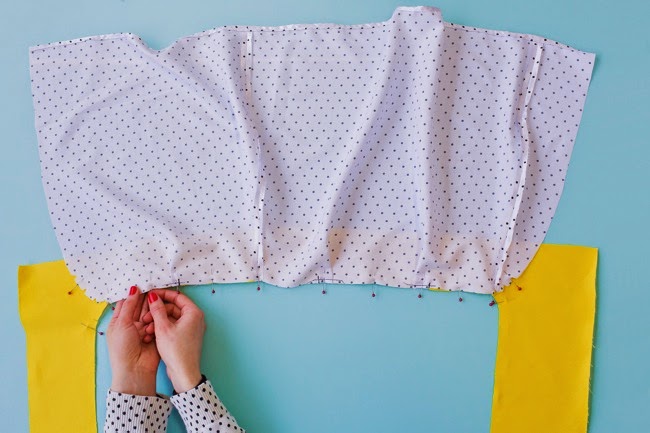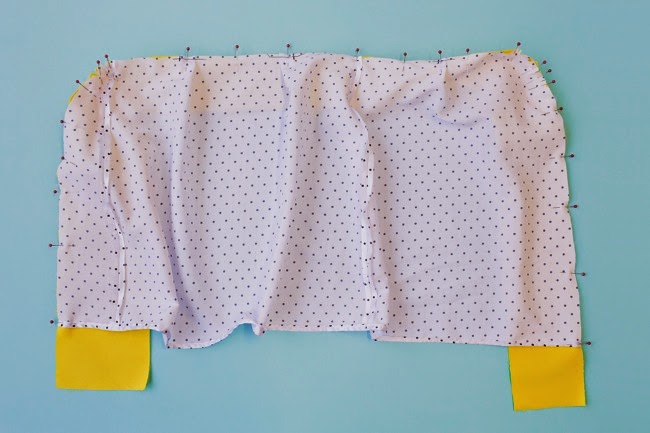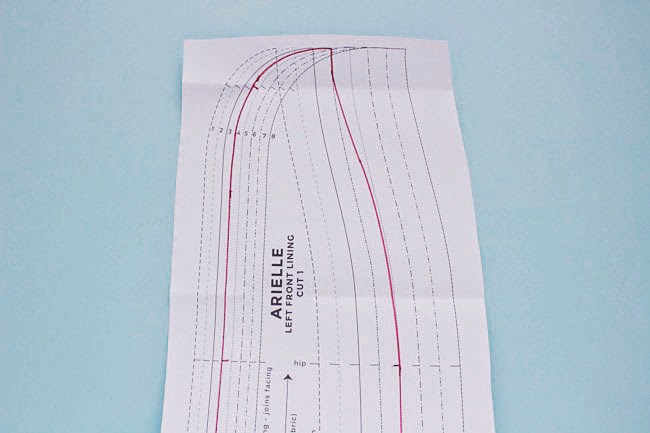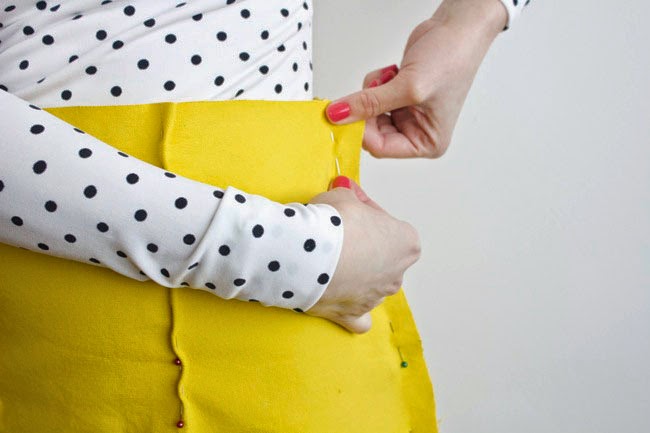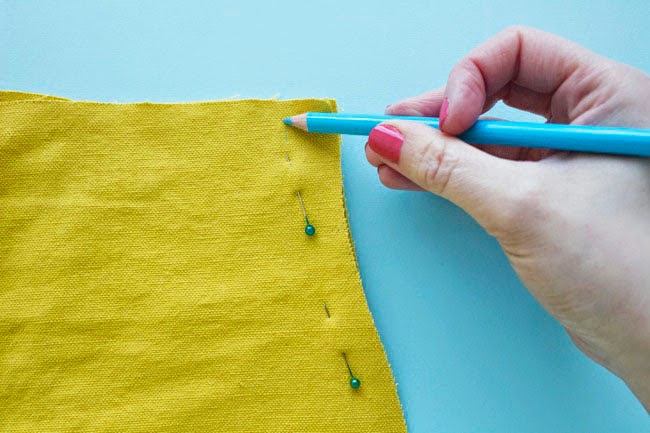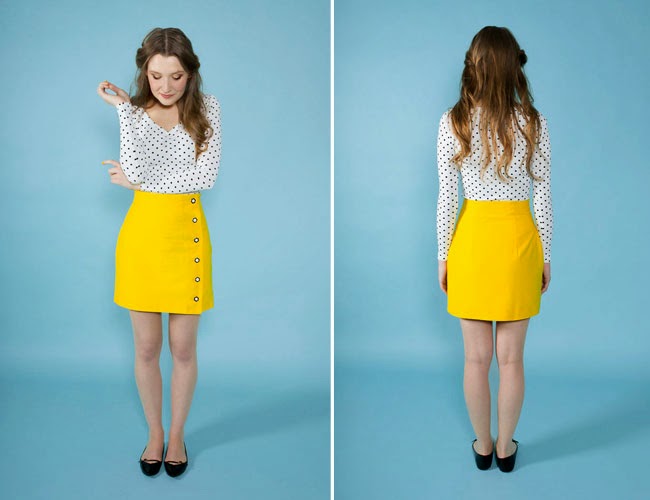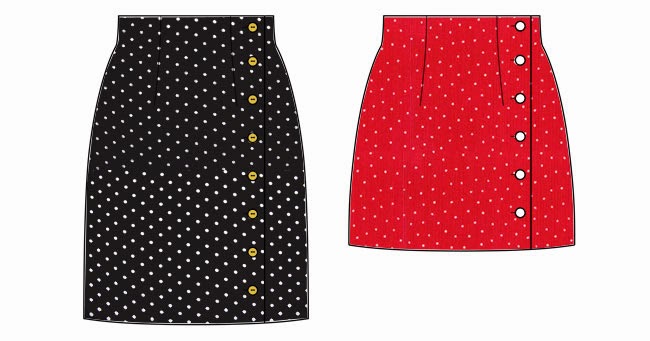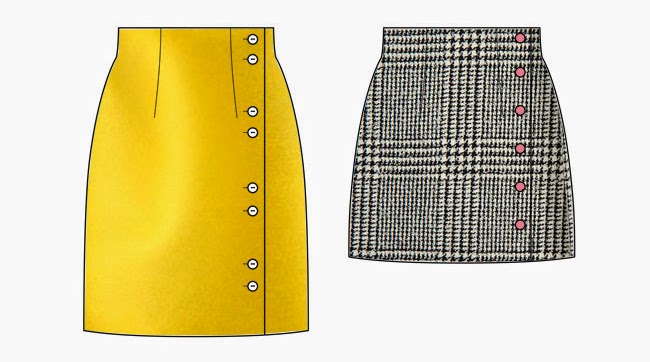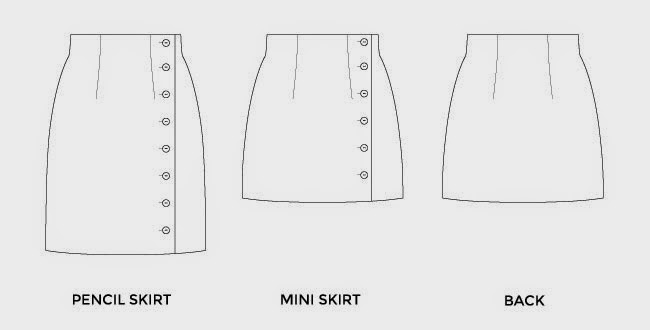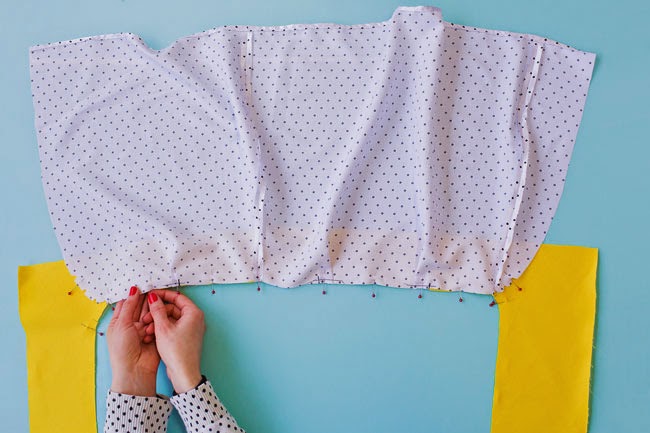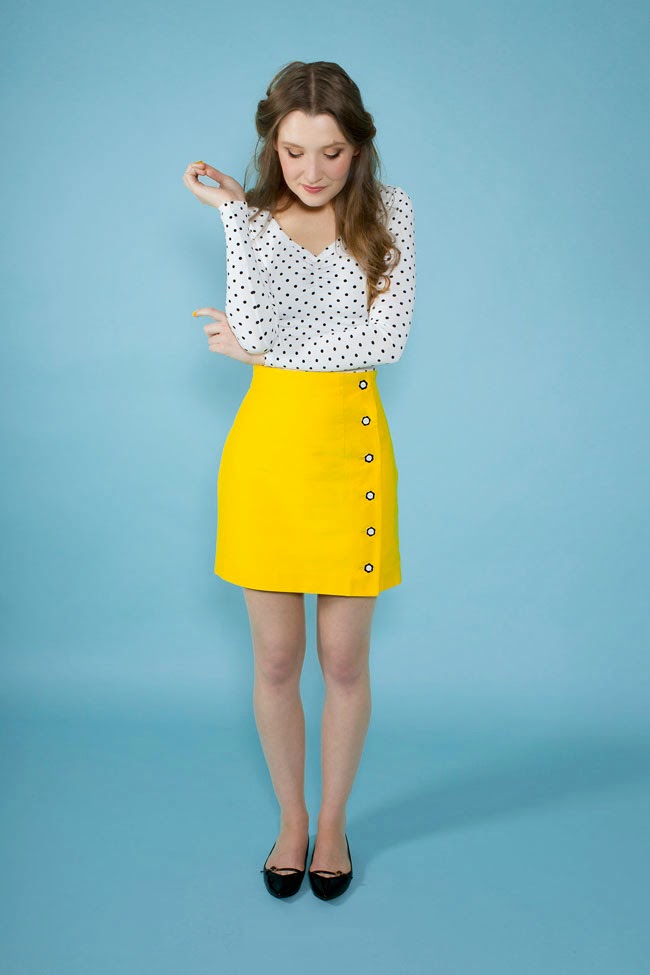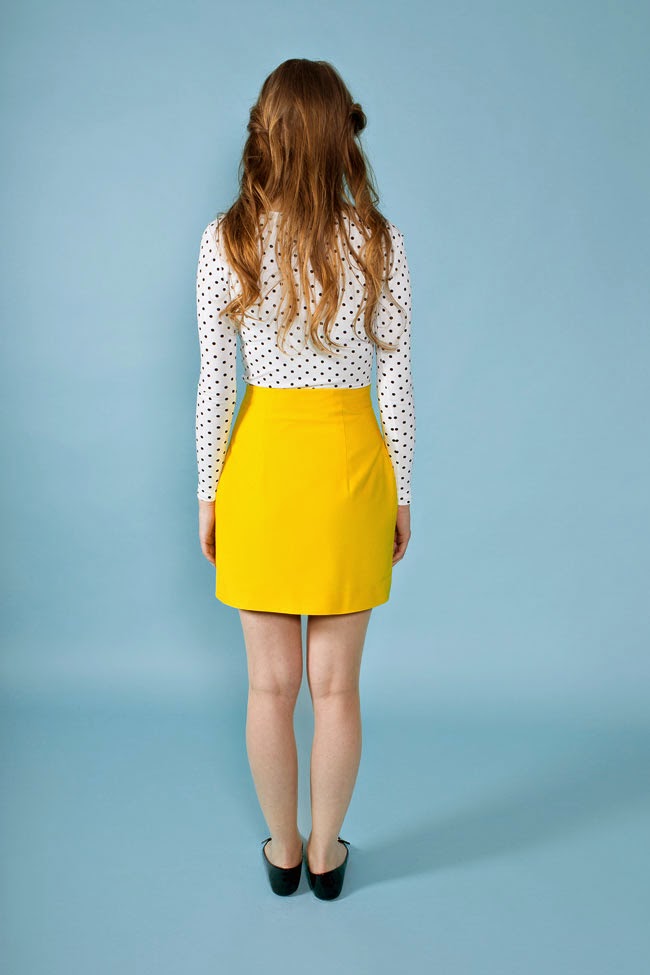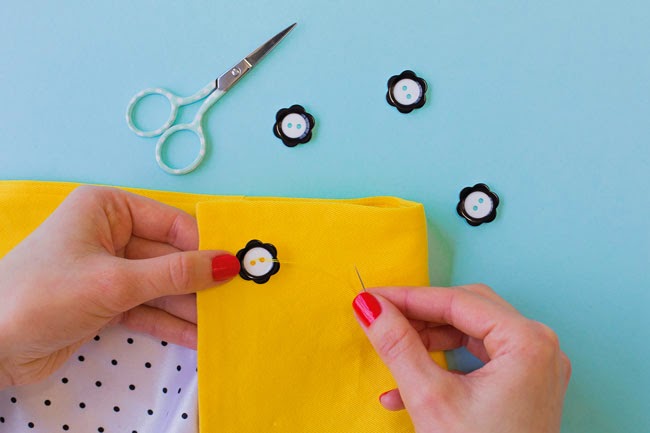
Ready to sew some buttonholes? Some people find buttonholes scary, but once you know how to do it I think they’re much simpler than sewing a zip closure. I’m going to walk you through how to sew one-step automatic buttonholes in this post, and offer some troubleshooting tips to help you have a stress-free button stitching experience.
Read up on making four-step buttonholes if your sewing machines makes this type instead. Your manual will tell you which kind you can sew on your machine.
Sewing machines do vary, so have a quick read through the buttonhole instructions in your manual too in case your machine works differently to mine. And no matter how many times you’ve sewn buttonholes before, it’s always a good idea to test a sample on a double scrap of interfaced fabric before attacking your real garment :)
Right, let’s do this!

Your machine should come with a buttonhole foot that looks something like this. Place one of the buttons you’re using for your project into the holder at the back of the buttonhole foot. Push the holder closed so it’s gripping the button tightly, making sure the button is lying flat. This will tell your machine the size of your buttons and thus how long to make each buttonhole.
If your buttons are rounded or particularly thick, leave a little extra space as your buttonhole will need to be bigger (check exactly how much space you need by sewing a test buttonhole).
What if you're sewing a buttonhole that won't actually have a button? For example, if you're making a drawstring hole on a hoodie or pair of pyjama bottoms. You can either find a button that's the right size and use that as a stand in for the hole size, or measure the opening in the gauge so it's the correct size.
Mark the buttonholes on the right opening of the garment in chalk pencil or washable pen.
And before you tackle your real garment, sew a test buttonhole on a mock up of the area of your garment that you're going to sew the buttonholes on - usually two layers of fabric, one of which is interfaced.

Attach the buttonhole foot to your sewing machine, with the button holder at the back. Position the fabric underneath the foot so the needle is just above the bottom end of the buttonhole marking. Pull the needle thread through the buttonhole foot and to the left – you can hold onto this thread for the first few seconds of sewing so it doesn’t get caught in the stitching. Once it’s in position, lower your presser foot. This bit is super important for one-step buttonholes: there’s a little lever to the left of the needle – pull this down as far as it will go.
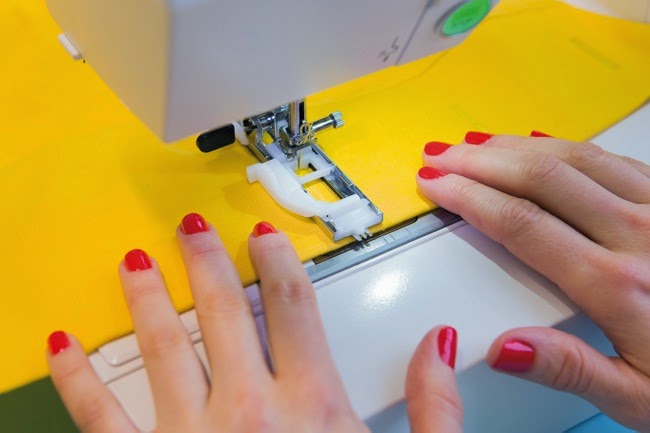
Turn your machine on and select the automatic buttonhole stitch (check your manual if you’re not sure which one this is). Start sewing, and the machine will automatically sew all four sides of the buttonhole and stop stitching when it’s done. Hurrah! Once your machine comes to a stop, you can move on to the next buttonhole.
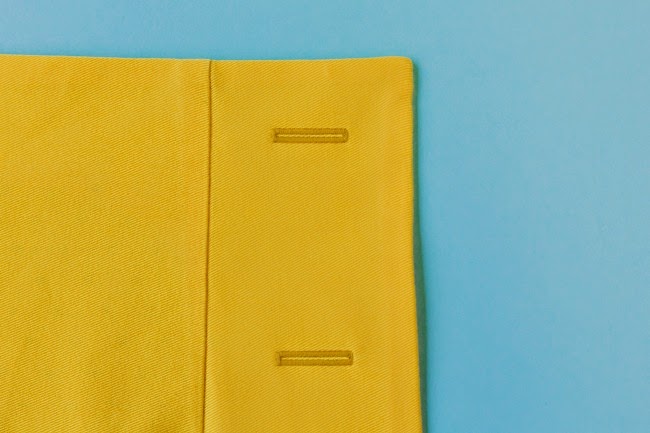
Occasionally automatic buttonholes like to go crazy and do their own thing, such as sewing much longer sides than you actually need. Troubleshooting tips:
1. Check that the button is lying flat and wedged tightly in the holder on the foot;
2. Check that the lever to the left of the needle is pulled down all the way;
3. Take care that nothing is going to get in the way of the foot or lever;
4. Make sure you keep sewing until the end of each buttonhole sequence (when the machine stops stitching by itself) before starting the next one;
5. To be extra certain the machine knows you’re starting a new buttonhole, between each buttonhole you could reset the stitch type to another one and then back to the automatic buttonhole stitch. Or turn the machine off and on again ;)

Before opening up the buttonhole, it's a good idea to use a product like Fray Check to seal the threads and avoid excessive fraying.
Once it's dry, open up each buttonhole by inserting a seam ripper into one end and carefully tearing to the middle. Then insert the seam ripper into the other end of the buttonhole and tear towards the middle until the whole thing is open. If you are worried about accidentally ripping through the side of the buttonhole, you could insert a pin into either end as a buffer. Trim the frays and you’re done!
Now you can sew lovely buttonholes on your Arielle skirt, Rosa shirt or dress, Mathilde blouse or Mimi blouse. Enjoy!


